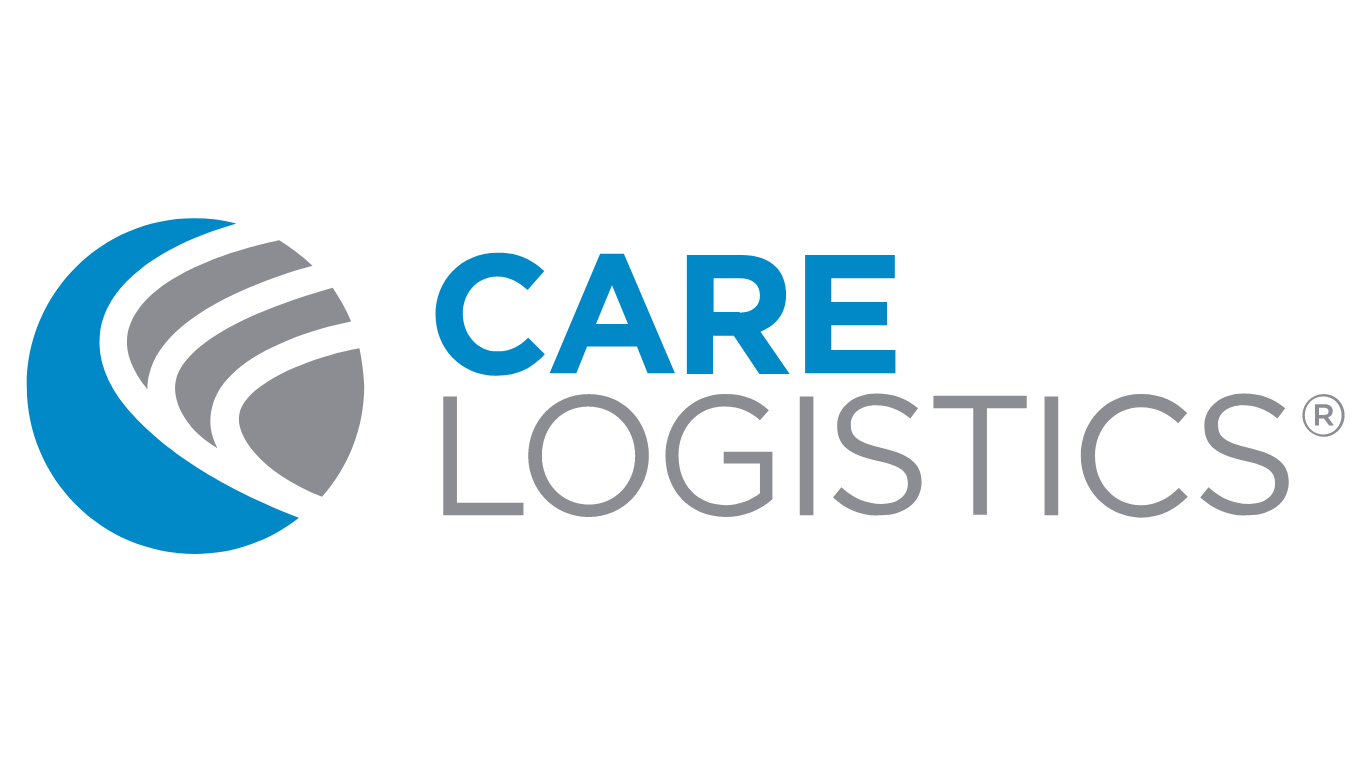Closing the Gap on Patient Transfers – A Traffic Control Exercise
Michelle Epps, MSN, MHA, RN
As the demand for high-quality care, efficient and appropriate utilization of services, enhanced communication and information sharing have become the expected norm for hospital operations, not all hospitals are created equal. Often the biggest gap can be felt in the transfer process and movement of patients requiring higher acuity services. Utilizing an effective and well-run Transfer Center, often in collaboration with a robust Command Center, can close the gap and provide traffic control of patient movement inside and outside of the health system.
Traffic Control Center – benefits realized
Much like the traffic control hubs found operating our busiest highway systems, airports, and train stations, an efficient patient transfer center is equipped with a skilled team supported by communication standardization and technology tools to guide patients, as well as physicians, in the effective transfer and movement of patients.
Centralization and standardization – Without a transfer center, key stakeholders become burdened with placing multiple calls to various places to organize a patient transfer. Physician offices, clinics, rural and urban hospitals, and Emergency departments are often forced to place multiple calls to coordinate physician acceptance, bed assignment, and transportation. One call to a Transfer Center aids in the efficient transfer process, as well as cost savings, and physician satisfaction.
Visibility – Transfer centers offer a wider lens for the coordination efforts needed across a facility or health system. This allows for a streamlined approach to align patients with the appropriate care needs. Paired with an integrated Command Center, transfer coordination becomes even more efficient; enhancing visibility to capacity and provider availability, diagnostic prioritization and transport capabilities.
Communication – Time is often essential in patient transfers. Transfer centers and coordinators are the pivotal point for unified communication, allowing for close relationships with referring facilities and internal providers. Additionally, decreasing the need for multiple points of communication and hand-offs ultimately leads to improved quality outcomes. Partnering with a command center for bed coordination and surgical/diagnostic areas to ensure capacity oversight, allows for the seamless coordination of services and timing.
Supporting ROI – Both clinical and financial cost and quality benefits are an inherent advantage of Transfer Centers. These include:
Improved patient retention
Reduced leakage
Increased transfer rates with increased revenue
Higher quality of care
Better outcomes with fewer adverse events
Physician, employee, and patient satisfaction
Whether you are operating an airport, a train station, or a hospital there are many benefits to a well-run transfer center. If you are looking for ways to provide better visibility across your organization, improve communication, or reduce patient leakage to prevent lost revenue, focusing on closing the gap on patient transfers is a great place to start.
